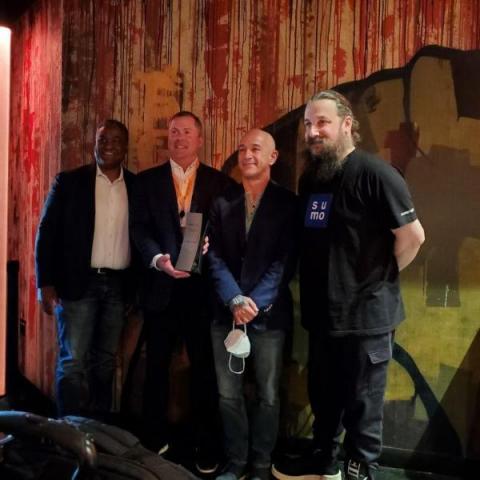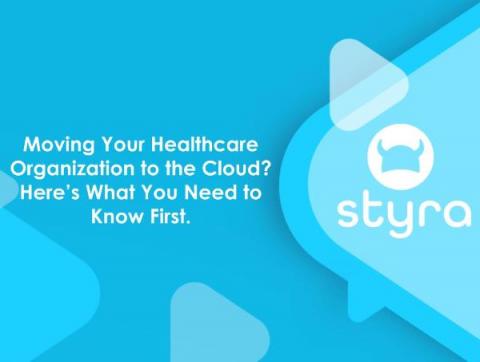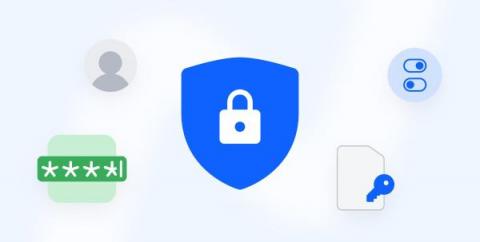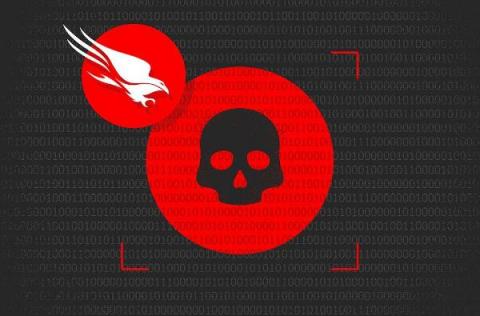Security | Threat Detection | Cyberattacks | DevSecOps | Compliance
Technology
How to Prevent Expensive Cloud Routing Surprises With Proactive Intent Verification
A six-figure surprise is awesome when it’s a lottery win. It’s not so awesome when it’s the “Amount Due” appearing in your monthly cloud bill. But enterprises receive these “surprises” all the time, and what can sting even more is trying to explain this preventable expense to management. Inefficient (not optimized) traffic routing to and from your various cloud instances and other services can hurt your business in other ways too.
Getting to grips with APIs
There’s nothing more frustrating than coming up against an API that won’t cooperate, no matter how hard or long you try! A key component of building integrations, APIs have been a big deal for over a decade. At this point, if a software company doesn’t have one, its technology is as good as obsolete. More than a third of analysts, in a new Tines survey, indicated that API-first is the single most important feature and capability they would look for when evaluating a new SOAR tool.
Synopsys contributes to the Linux Foundation Census II of the most widely used open source application libraries
LimaCharlie announces sponsorship of two open-source projects
At LimaCharlie, we are building a world where people and organizations can realize their full potential without compromising security along the way. We believe that it’s best to leave security in the hands of security professionals while enabling them with powerful tools to do what they can do best. For us, these are not just words. It’s a core belief that guides everything we do. Security is about people.
Moving Your Healthcare Organization to the Cloud? Here's What You Need to Know First
While the last two years accelerated digital transformation across a wide range of industries, this has been a long time coming for healthcare. Healthcare has been undergoing a massive shift to improve security, streamline operations, and enhance the patient experience—and much of that shift centers around the movement to the cloud. Cloud-native ostensibly offers a better, more accessible user experience marked by enhanced uptime, reliability, and efficiency.
How Internxt Protects Your Data
Internxt is a little different than your average cloud service. Our secure storage was designed from the ground up with the user and their privacy in mind. To do this, we’ve built our service for Web3, which means the information we encrypt and store is decentralized and our business model has nothing to do with selling data.
Introducing INETCO BullzAI Cybersecurity for Enterprise
The Russian invasion of Ukraine has triggered an escalation in the number of state-sponsored actors targeting critical infrastructure with DDoS attacks. Criminal syndicates and smaller players are also exploiting the crisis. From fake fundraising efforts for Ukraine to account takeovers and high-velocity bot-driven attacks such as DDoS, BIN attacks, and terminal attacks, cybercriminals are stepping up their own attacks in an effort to benefit from the turmoil.
Real-Time Threat Detection in the Cloud
Organizations have moved business-critical apps to the cloud and attackers have followed. 2020 was a tipping point; the first year where we saw more cloud asset breaches and incidents than on-premises ones. We know bad actors are out there; if you’re operating in the cloud, how are you detecting threats? Cloud is different. Services are no longer confined in a single place with one way in or one way out.
CrowdStrike and Cloud Security Alliance Collaborate to Enable Pervasive Zero Trust
The security problems that plague organizations today actually haven’t changed much in 30 years. Weak and shared passwords, misconfigurations and vulnerabilities are problems that have tormented the industry for years and persist to this day. What’s changed is the speed and sophistication at which today’s adversary can weaponize these weaknesses.











